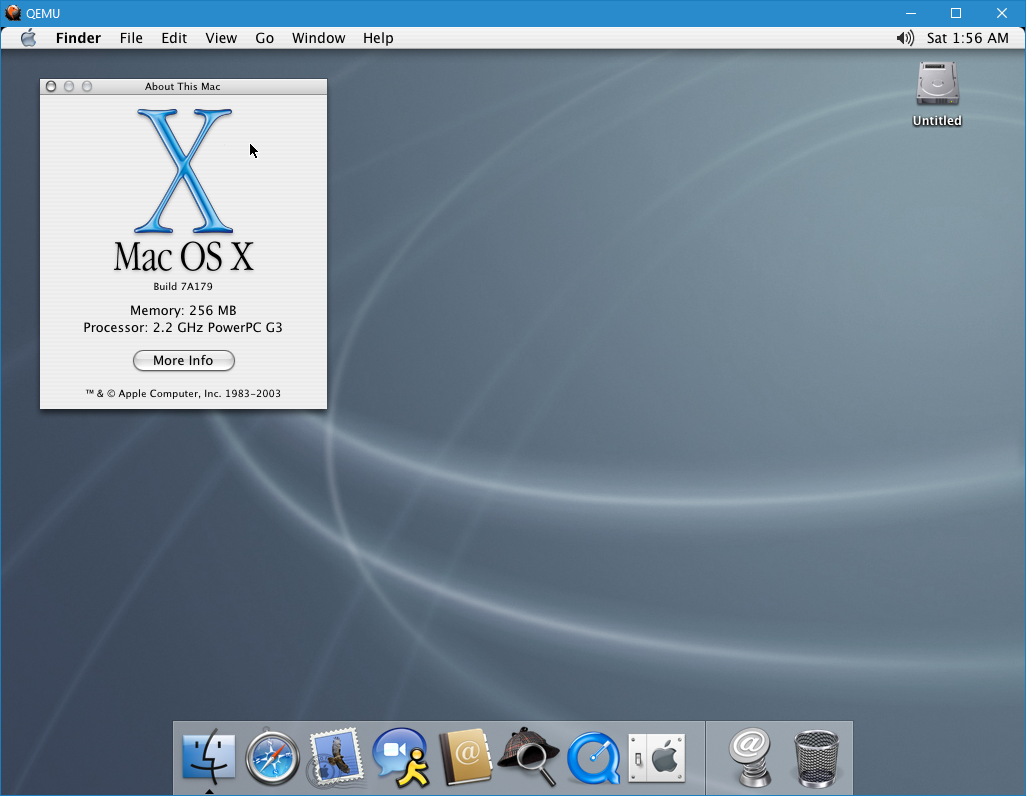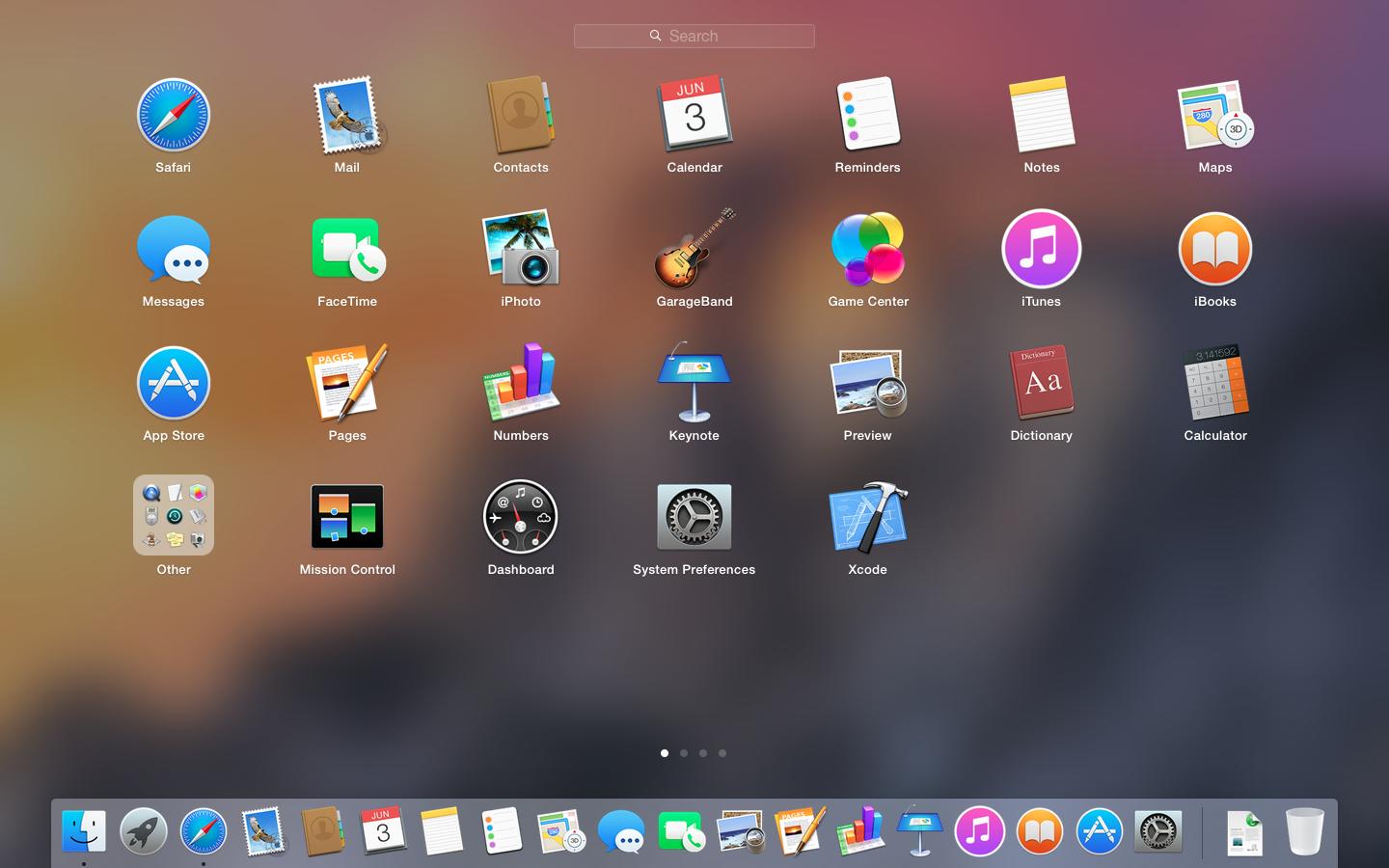- Download Mac Os X Yosemite Iso Usb
- Download Mac Os X Yosemite Iso For Vmware
- Mac Os X 10.10.1 Yosemite Iso Download
Hackintosh Yosemite Installer can be used to install OS X Yosemite On PC without the need of a Mac.
For detail Installation Guide and Instruction read: Install Hackintosh Yosemite on PC/Laptop
This Installer supports
- AMD Processor Pcs
- Intel Processor including Haswell
- LGA 2011 X99 Hackintosh Installation
- HP Processors with Insyde Bios.
Download mac OS X Yosemite VirtualBox and VMware Image. The image file of macOS X Yosemite is only to install in VMware and VirtualBox. Therefore, the file is completely compressed with Winrar and 7Zip. And the image file of macOS X Yosemite is uploaded on Google Drive and MediaFire. Therefore, Google Drive and MediaFire is a safe place for this. General Instruction: - Download CLOVER.iso and Boot OS X Yosemite.iso Flash Disk 1 - Format first flash disk to Fat32 MBR and extract contents of CLOVER.iso Flash Disk 2 - Format second flash disk to Mac OS X Journal and extract contents of Boot OS X Yosemite.iso Optional to Flash Disk 2 - Burn Boot OS X Yosemite.iso to a dual layer DVD CD Boot. Download Mac OS X Yosemite 10.10 6 part Google Drive; Download macOS Unlocker for VMware Workstation 11/12/14/15; Mac OS X Yosemite on VMware. Before going to create a VMware virtual machine. Firstly, you need to download the Mac OS X Yosemite DMG file, then after the downloading is done, therefore, you will see that the file is compressed.
Use the DMG for Flash drive installation and use ISO for DVD Installation or Installing on a Virtual Machines.
Features
Download Mac Os X Yosemite Iso Usb

- Only have chameleon as pre bootloader
- Fixed a bug where bootloader may be stuck with a slash / in Black Background
- AMD Support with Optimization and WebKit Patch (A graphics problem has been detected issue)
- Standalone Installer
- Many Intel HD Graphics Support (Choose SMBIOS of MacBook Pro)
- MBR Patch
- Trim Patch
- RTC Patch
- Auto-Install Audio Kexts
- Auto-Install Updated Network Kexts
- Installs Updated Clover & Updated Chameleon Boot-loader
- Many Improvements from 10.10.
These advanced steps are primarily for system administrators and others who are familiar with the command line. You don't need a bootable installer to upgrade macOS or reinstall macOS, but it can be useful when you want to install on multiple computers without downloading the installer each time.
What you need to create a bootable installer
- A USB flash drive or other secondary volume, formatted as Mac OS Extended, with at least 12GB of available storage
- A downloaded installer for macOS Big Sur, Catalina, Mojave, High Sierra, or El Capitan
Download macOS
- Download: macOS Big Sur, macOS Catalina, macOS Mojave, or macOS High Sierra
These download to your Applications folder as an app named Install macOS [version name]. If the installer opens after downloading, quit it without continuing installation. To get the correct installer, download from a Mac that is using macOS Sierra 10.12.5 or later, or El Capitan 10.11.6. Enterprise administrators, please download from Apple, not a locally hosted software-update server. - Download: OS X El Capitan
This downloads as a disk image named InstallMacOSX.dmg. On a Mac that is compatible with El Capitan, open the disk image and run the installer within, named InstallMacOSX.pkg. It installs an app named Install OS X El Capitan into your Applications folder. You will create the bootable installer from this app, not from the disk image or .pkg installer.
Use the 'createinstallmedia' command in Terminal
- Connect the USB flash drive or other volume that you're using for the bootable installer.
- Open Terminal, which is in the Utilities folder of your Applications folder.
- Type or paste one of the following commands in Terminal. These assume that the installer is in your Applications folder, and MyVolume is the name of the USB flash drive or other volume you're using. If it has a different name, replace
MyVolumein these commands with the name of your volume.

Big Sur:*
Catalina:*
Download Mac Os X Yosemite Iso For Vmware

Mojave:*
High Sierra:*
El Capitan:
* If your Mac is using macOS Sierra or earlier, include the --applicationpath argument and installer path, similar to the way this is done in the command for El Capitan.
After typing the command:
Mac Os X 10.10.1 Yosemite Iso Download
- Press Return to enter the command.
- When prompted, type your administrator password and press Return again. Terminal doesn't show any characters as you type your password.
- When prompted, type
Yto confirm that you want to erase the volume, then press Return. Terminal shows the progress as the volume is erased. - After the volume is erased, you may see an alert that Terminal would like to access files on a removable volume. Click OK to allow the copy to proceed.
- When Terminal says that it's done, the volume will have the same name as the installer you downloaded, such as Install macOS Big Sur. You can now quit Terminal and eject the volume.
Use the bootable installer
Determine whether you're using a Mac with Apple silicon, then follow the appropriate steps:


Apple silicon
- Plug the bootable installer into a Mac that is connected to the internet and compatible with the version of macOS you're installing.
- Turn on your Mac and continue to hold the power button until you see the startup options window, which shows your bootable volumes and a gear icon labled Options.
- Select the volume containing the bootable installer, then click Continue.
- When the macOS installer opens, follow the onscreen instructions.
Intel processor
- Plug the bootable installer into a Mac that is connected to the internet and compatible with the version of macOS you're installing.
- Press and hold the Option (Alt) ⌥ key immediately after turning on or restarting your Mac.
- Release the Option key when you see a dark screen showing your bootable volumes.
- Select the volume containing the bootable installer. Then click the up arrow or press Return.
If you can't start up from the bootable installer, make sure that the External Boot setting in Startup Security Utility is set to allow booting from external media. - Choose your language, if prompted.
- Select Install macOS (or Install OS X) from the Utilities window, then click Continue and follow the onscreen instructions.
Learn more
For more information about the createinstallmedia command and the arguments that you can use with it, make sure that the macOS installer is in your Applications folder, then enter the appropriate path in Terminal:
- Big Sur: /Applications/Install macOS Big Sur.app/Contents/Resources/createinstallmedia
- Catalina: /Applications/Install macOS Catalina.app/Contents/Resources/createinstallmedia
- Mojave: /Applications/Install macOS Mojave.app/Contents/Resources/createinstallmedia
- High Sierra: /Applications/Install macOS High Sierra.app/Contents/Resources/createinstallmedia
- El Capitan: /Applications/Install OS X El Capitan.app/Contents/Resources/createinstallmedia
A bootable installer doesn't download macOS from the internet, but it does require an internet connection to get firmware and other information specific to the Mac model.
